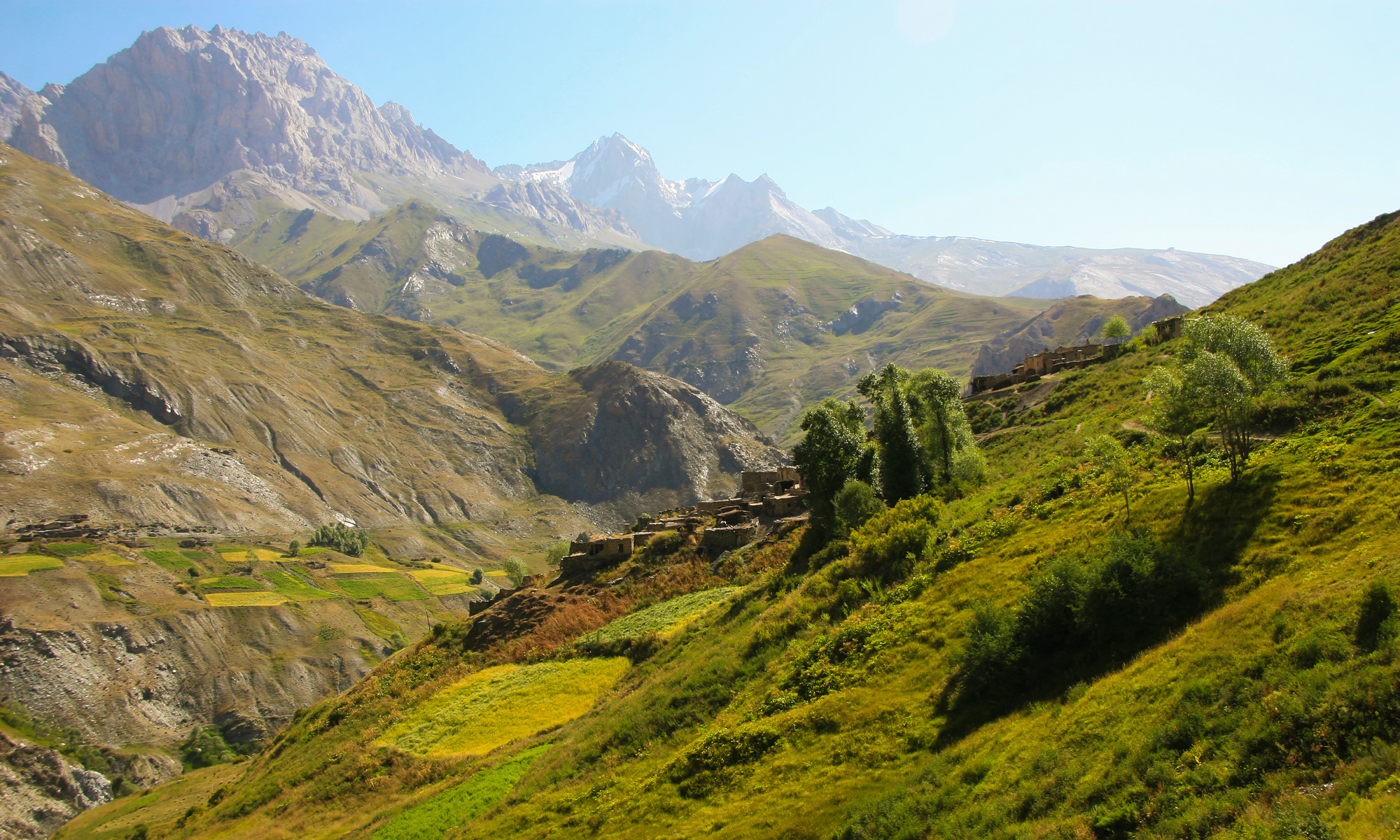In early 2017, UNESCO updated its Atlas of the World’s Languages in Danger, a global reference for tracking the vitality of minority and Indigenous languages. For the first time, the map brought wider visibility to a silent crisis in Central Asia: Tajikistan’s linguistic diversity is vanishing faster than many realized.
Among the more than 2,500 endangered languages worldwide, at least five from Tajikistan were included. And Yaghnobi — the modern descendant of Sogdian — appeared near the top of the regional list, marked as “definitely endangered.”
For many in the Yaghnobi community, the inclusion was both validating and sobering.
For decades, Yaghnobi has lived on the margins — spoken across the Yaghnob Valley and scattered resettlement areas in the north, but rarely acknowledged in policy, education, or official statistics. The UNESCO atlas changed that, placing Yaghnobi within a global network of at-risk languages, each with its own red marker on the digital map.
In practical terms, Yaghnobi remains:
-
Unwritten in most public spaces
-
Absent from school curricula
-
Sustained mostly through oral tradition within families
The atlas classified the language as “definitely endangered”, meaning it is still spoken by the parent generation but rarely passed on to children in a consistent, structured way.
For many communities, this is the last phase before a language becomes “severely endangered” — and ultimately “extinct.”
International recognition doesn’t solve the problem overnight — but it does help shift the conversation. By placing Yaghnobi alongside other endangered languages around the world, the atlas:
-
Elevates its visibility in academic, funding, and policy discussions
-
Provides a credible reference point for NGOs and activists
-
Encourages local governments to take action under global heritage frameworks
In the past, local activists and cultural workers struggled to demonstrate the urgency of Yaghnobi’s situation. With UNESCO’s backing, that urgency became harder to ignore.
Inclusion on the UNESCO atlas opens the door to a range of opportunities — but only if they’re followed by concrete actions. Cultural organizations, researchers, and community leaders have highlighted several priorities:
-
Community-based language education: Informal weekend schools, storytelling workshops, and intergenerational language events
-
Documentation and digitization: Gathering existing audio, video, and written materials for long-term preservation
-
Policy alignment: Working with local and national governments to implement language-friendly education and media frameworks
-
Cross-border collaboration: Learning from other minority-language movements in Central Asia and beyond
These are not quick fixes. But they are possible — especially with increased visibility and international support.
UNESCO’s map doesn’t just document what’s endangered — it reminds us what still exists. Yaghnobi is not extinct. It is still spoken in homes, whispered in lullabies, and sung in rituals tied to fire, water, and land.
Its survival depends not only on markers on a map, but on real investment — from governments, institutions, and the speakers themselves.
Because a language doesn’t disappear when it is forgotten.
It disappears when it is no longer heard.
